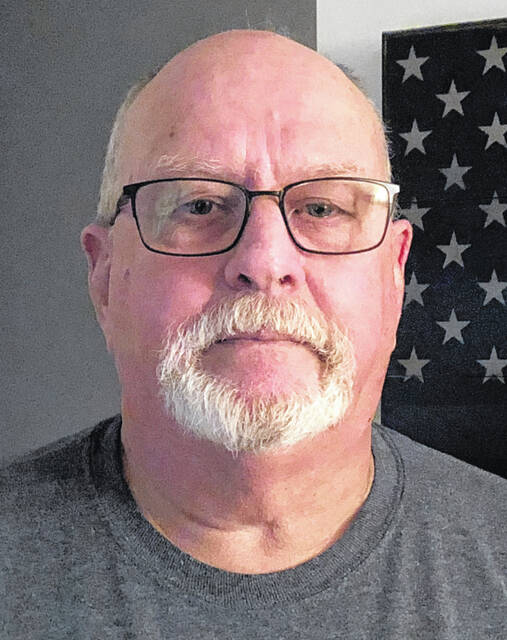
With Veteran’s Day approaching, my thoughts go to my father and to the World War II Pacific Theater.
The Japanese invaded the Aleutian Islands, Kiska Island, and Attu Island as a distraction to their real goal of invading the military bases at Midway. From their Aleutian bases on these islands, the Japanese disrupted the American Fishing Fleet from Dutch harbor and attacked military installations. These bases were also used by the Japanese as weather stations that reported to the Japanese Navy.
On Nov. 4, 1942, the 24th Independent AA (Anti-Aircraft), the 302nd Independent Engineers, and Amphibious Engineers landed on Attu. On Nov. 12, 1942, the 35th Independent AA and the 6th Mountain Artillery units followed. In January 1943, the 43rd Watanabe Battalion return from Kiska to take up position for the defense of Chichagof Harbor. From May 10, 1943, through May 11, 1943, the Army 7th Division on Attu Island moved towards Massacre Bay from the south.
Attu Island had no trees, although shrubs and bushes covered the rocky mountain range of over 3,000 feet. The mountain range also contained a sharp incline. The lower areas were wet all year around, and marshy areas contained over a foot of water.
The weather, at best, was harsh. The winds from the North Sea swept the island daily. The master plan for the Scout detachments was to go ashore at Austin Cove, Red Beach to the north, and Casco Cove to do reconnaissance prior to the landing of combat troops. At Massacre Beach, the troops were to drive south to place pressure on the Japanese Holtz Bay forces. The troops were to land at Massacre Bay from Casco Cove. These forces were to be the main striking force. This report came from my father’s captain. The captain was charged with writing the battle synopsis for the retaking of the Aleutian Islands for the adjutant general. The original copy was returned to the captain.
The captain was told the real action on the Aleutian Islands was top secret, and that there was no way that the American public was to know that there was such a large invasion force so close to the mainland of North America. The captain was told he was to rewrite the battle synopsis, saying that only a few die-hard Japanese radicals remained after the Japanese fleet pulled out to head to Midway. My father’s captain gave him the original copy. The captain, in some colorful words, stated that the synopsis was to be taken to the latrine and used for toilet paper.
The military action on the Aleutians was a large operation. It was equivalent to the third-largest battle in the Pacific Theater. This battle was kept a military secret until the 1970s. Still today, the entire story has never been fully told.
During the early years of the war, prior to the invasion to retake the Aleutian Islands, Father Pool was training in the California desert. The troops were training to head to North Africa. Their unit was ready to ship out when their orders were changed, and they were shipped with the invasion forces to the Aleutian Islands. It was a hurried action with very little planning. The men were not given any winter clothing. The military chain believed the winter clothing would slow the troops down. More men suffered from the elements than were shot by the Japanese. This battle turned out to be one of the critical parts of the Battle for the Pacific.
I have tried to reach out to historical organizations to see if they would like to see the original copy of the battle to retake the Aleutian Islands. As of this date, no one has come forward. I do think it is a shame for this information to disappear in time.


